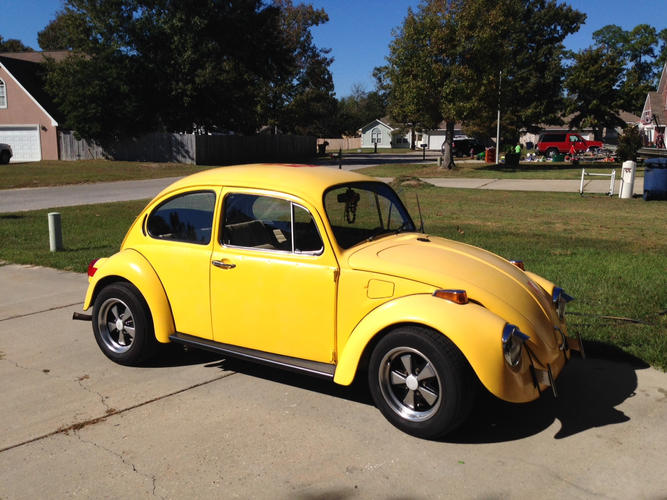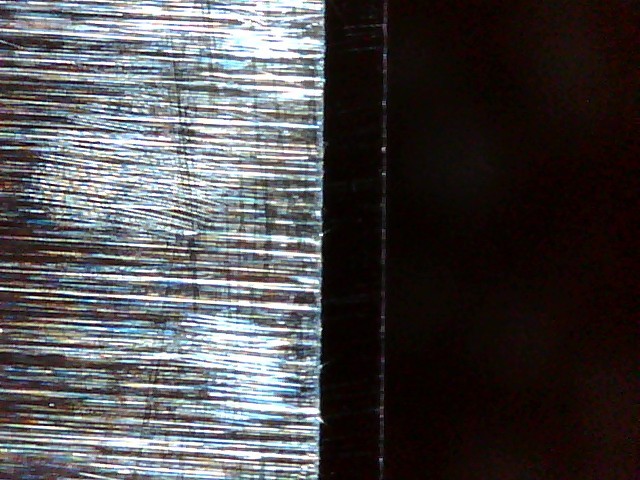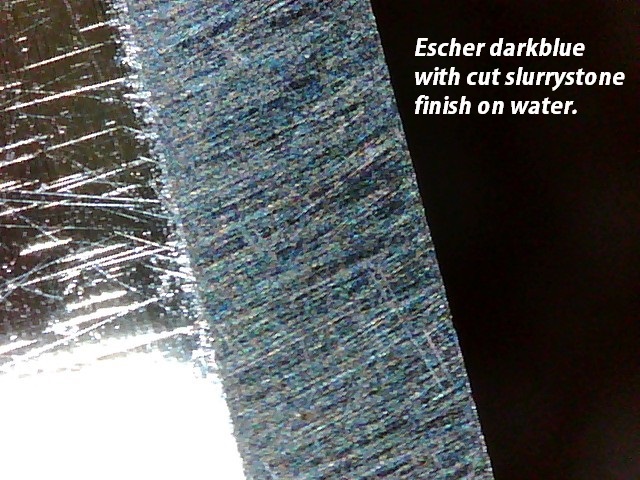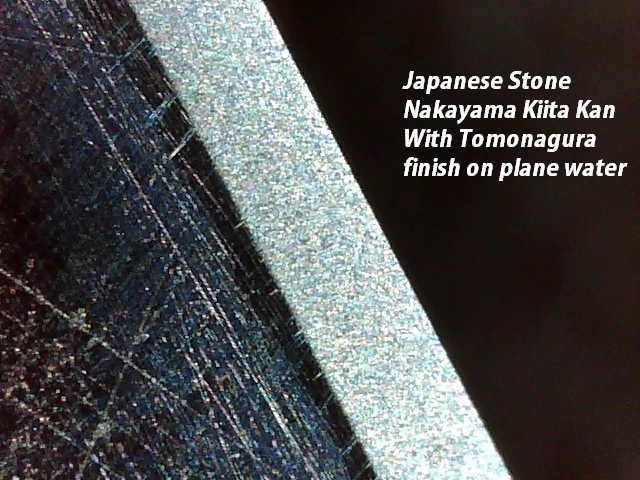Results 11 to 20 of 22
Thread: Microscope
-
01-06-2014, 03:01 AM #11

Here's my pride and joy, a (mostly) 69...Bumblebee!
 Classic, traditional Barber and owner at Barber's Notch in Brigham City, Utah.
Classic, traditional Barber and owner at Barber's Notch in Brigham City, Utah.
-
01-06-2014, 03:03 AM #12

It was about 5 colors plus rust when I got it a few years ago...not too shabby now and it runs great, easy to fix, and cheap to maintain. Though my rustoleum spray paint job is starting to show some wear, but not bad for 3 years and $75!
Classic, traditional Barber and owner at Barber's Notch in Brigham City, Utah.
-
01-06-2014, 03:26 AM #13Senior Member


- Join Date
- Nov 2010
- Location
- Pequea, Pennsylvania
- Posts
- 2,290
Thanked: 375
-
01-06-2014, 03:42 AM #14Poor Fit

- Join Date
- May 2010
- Posts
- 4,562
Thanked: 1263
-
01-06-2014, 11:01 AM #15

Personally, I have found little use in a microscope during honing, only once in a while I spot some minor pitting on the edge which is not visible to the naked eye (literally once or twice a year). I don't use synthetics so there's no point in checking for whatever you check synthetic-honed edges for, and scratch patterns really don't tell me very much.
Also as far as I know a set bevel means that the two planes of the blade meet, something that doesn't really show when looking at one bevel from the side. A thumb pad test and shaving arm hair will tell me plenty there.
Granted, I got me a cheap China made '60-100 x magnification', but I saw plenty of detail and really hardly any of it proved to be useful to me. Maybe when honing with synthetic hones it adds something, maybe it gives people a sense of security (something to fall back on), but mine hasn't been out of my drawer for quite a while.
Just my experience to add some perspective here. If you manage to usefully apply a microscope in honing, awesome, power to you.
-
01-06-2014, 12:27 PM #16

I came into this thread a little late and decided that I really didn't need to read thread from OP forward. So the idea is, if you buy a very cheap microscope, the only way to benefit from it's inferior optics is to look at your razor while sitting in a rattle can painted Bug?
"Call me Ishmael"
CUTS LANE WOOL HAIR LIKE A Saus-AGE!
-
01-06-2014, 04:16 PM #17

I would differentiate between cheap and bad optics. In tabletop Microscopes, that may be true. For hand held lighted loupe type scopes, some costly ones are crap! Some cheap ones are good.
~Richard
PS all the guys have chimed in their experiences and so being lazy may not benefit you.Be yourself; everyone else is already taken.
- Oscar Wilde
-
01-06-2014, 04:39 PM #18

Im using a Dino-Lite Basic Usb Microscope. works very good and is a great tool for ppl that wants to know more about how the bevel looks like from diffrent stones and if there is any flaws in bevel etc. I use mine alot and it helps me understand more about the stones i use..
Synthetic up to 16k

Escher Finish

Nakayama Finish

Also good tool to take videos with.
//Magnus
-
The Following 2 Users Say Thank You to MrMagnus For This Useful Post:
Double0757 (01-07-2014), WW243 (01-07-2014)
-
01-06-2014, 04:53 PM #19

Great to see some really helpful opinions. I'm just waiting for delivery of a usb microscope, I have been using a x.60 loupe and definitely find it helps to understand how what I do during the stroke is reflected on the bevel.
-
01-06-2014, 11:37 PM #20

It has a lot to do with how you are using it and it's purpose. You can get awesome optics but the eye relief can be terrible and the size of the objective can be so small you pupil can't get that small and focus can be a problem. You see that a lot with telescopes but microscopes also. So in that sense great optics can be bad but in general good optics are just good like sharp is sharp.
No matter how many men you kill you can't kill your successor-Emperor Nero


 14Likes
14Likes LinkBack URL
LinkBack URL About LinkBacks
About LinkBacks







 Reply With Quote
Reply With Quote


